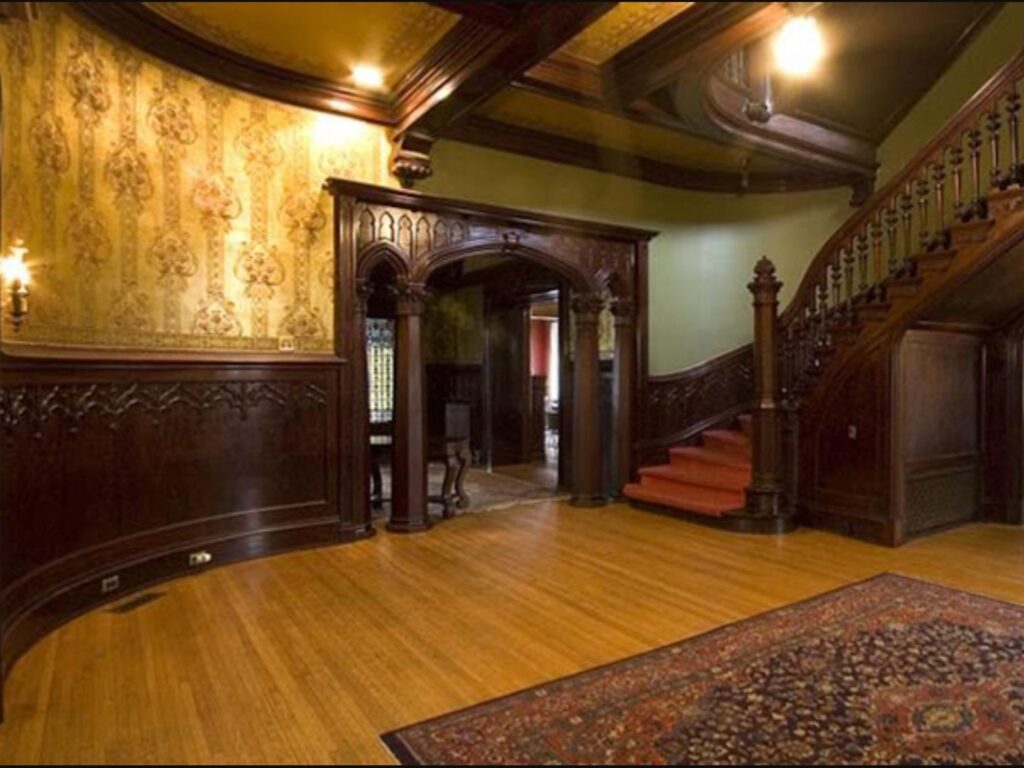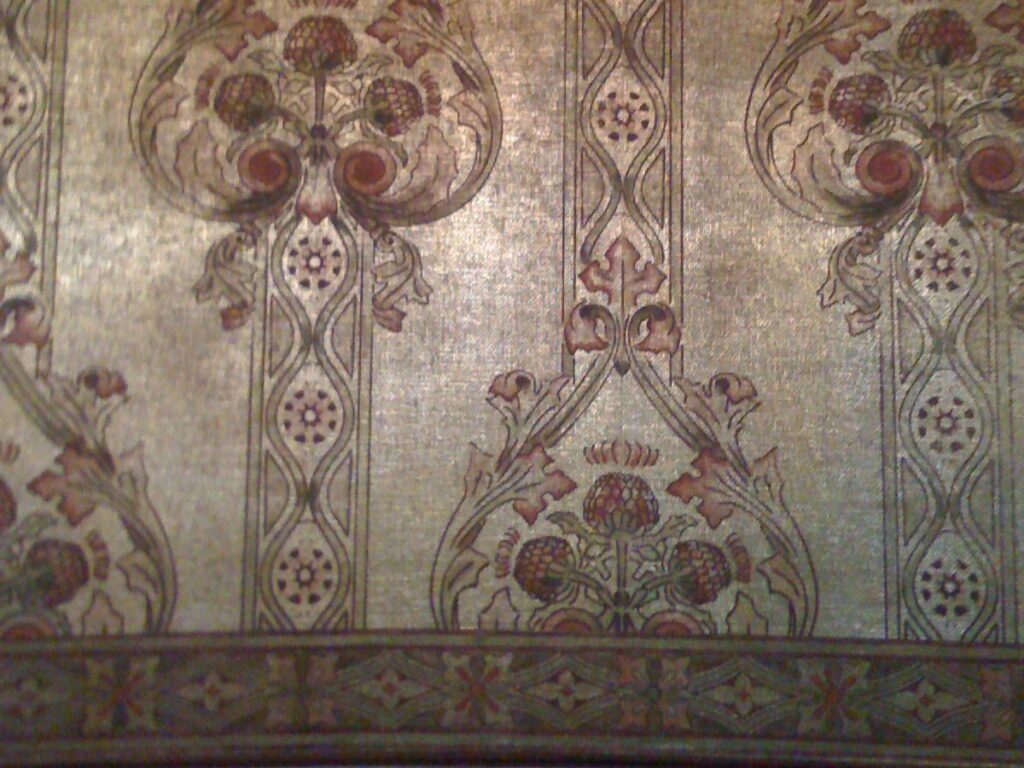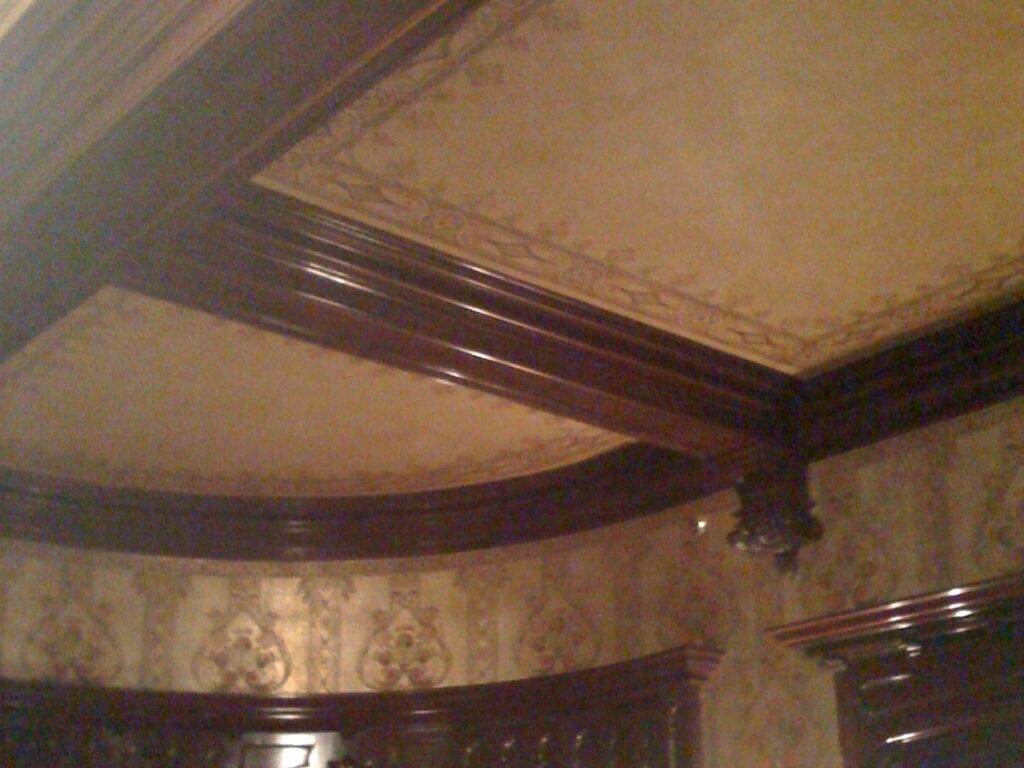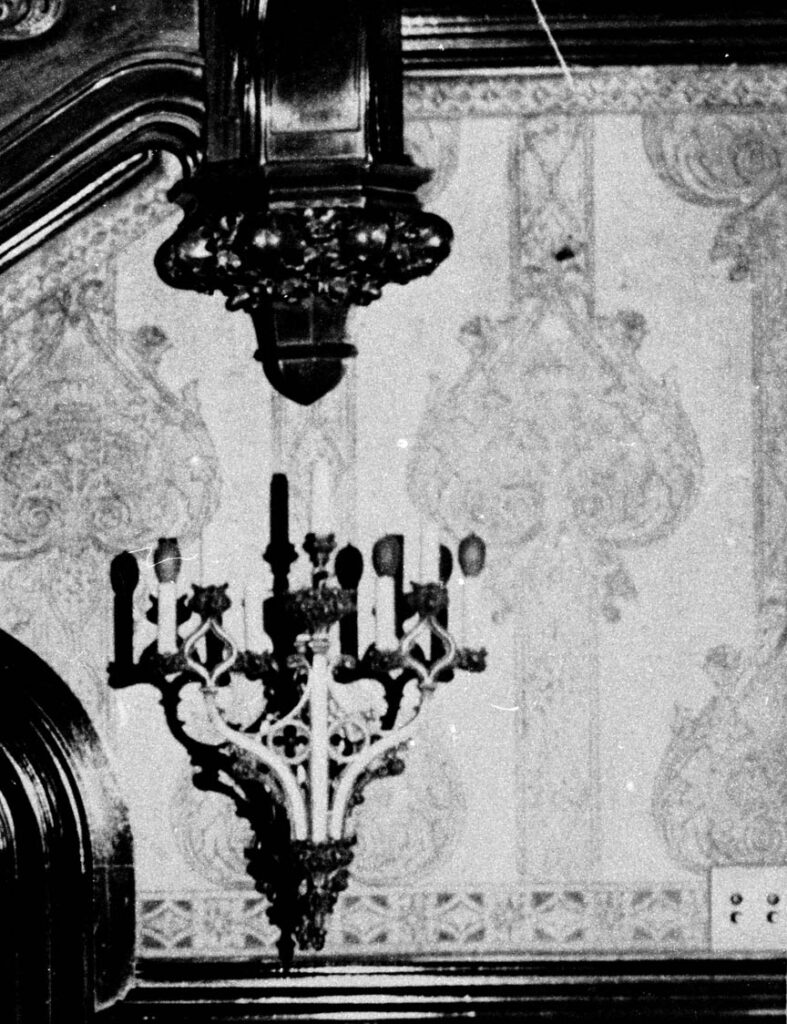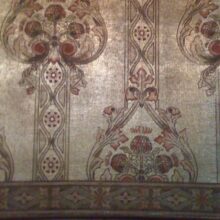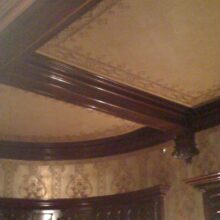Joslyn Castle
The Joslyn Mansion, now known as the Joslyn Castle, is a 35-room Scottish Baronial mansion located towards the outskirts of Omaha, Nebraska. The historic home was built in 1903 for the family of George A. Joslyn, founder of the Western Newspaper Union, one of the country’s largest suppliers of “ready print,” which were pre-printed general news sheets with some blank spaces for small towns to add their local news. The home was designed by local successful architect John McDonald, who chose the Scottish Baronial style of architecture to lend an air of old money and sophistication to their newfound wealth and position. McDonald was responsible for a large number of properties in Omaha, including the G. William Carlock House (1896), the Omaha First Baptist Church (1901), Drummund Motor Company Building (1912). The property’s landscape was designed by renowned landscape architect Jens Jensen.
The Joslyn family lived in the home until the 1940s, when it became the headquarters of the Omaha public school district. Joslyn Castle was added to the national register of historic places in 1972 and designated an Omaha landmark in 1797. The school district occupied the space until 1989, when a larger facility was needed. The building became the property of the State of Nebraska. In 1996 the property became home of the Joslyn Castle Institute for Sustainable Communities; an organization charged by the state with managing and preserving the estate. In 2010 it was sold to the Joslyn Castle Trust, a private organization created for the same purpose. It continues to host public tours and private events.
Between 2005 and 2010 EverGreene was contracted by The Friends of Joslyn Castle to perform finishes investigations and microscopic analysis, and to restore the interior wall and ceiling finishes in the Gold Room, and the entry/stair hall. The purpose of the finishes investigations was to support renovation efforts by documenting the historic color palettes and decorative motifs. The finishes in the Gold Room were confirmed to be mostly original, with some areas of post-historic repairs. EverGreene conserved the existing finishes, while reinstating the scheme in areas where it had been treated previously. The plaster ceiling in that room was also found to be sagging, which EverGreene subsequently stabilized and restored. The wooden sash faux-bois finishes in that room were also restored. The finishes investigation in the stair and entry hall uncovered several finishes, including Lincrusta and decorative metallic wall coverings, which were done using aluminum leaf glazed and toned to look like gold. The EverGreene design team used this investigation in conjunction with historic photographs to replicate these finishes in order to reinstate the historic visual integrity. EverGreene restored all wall and ceiling finishes in these spaces.
